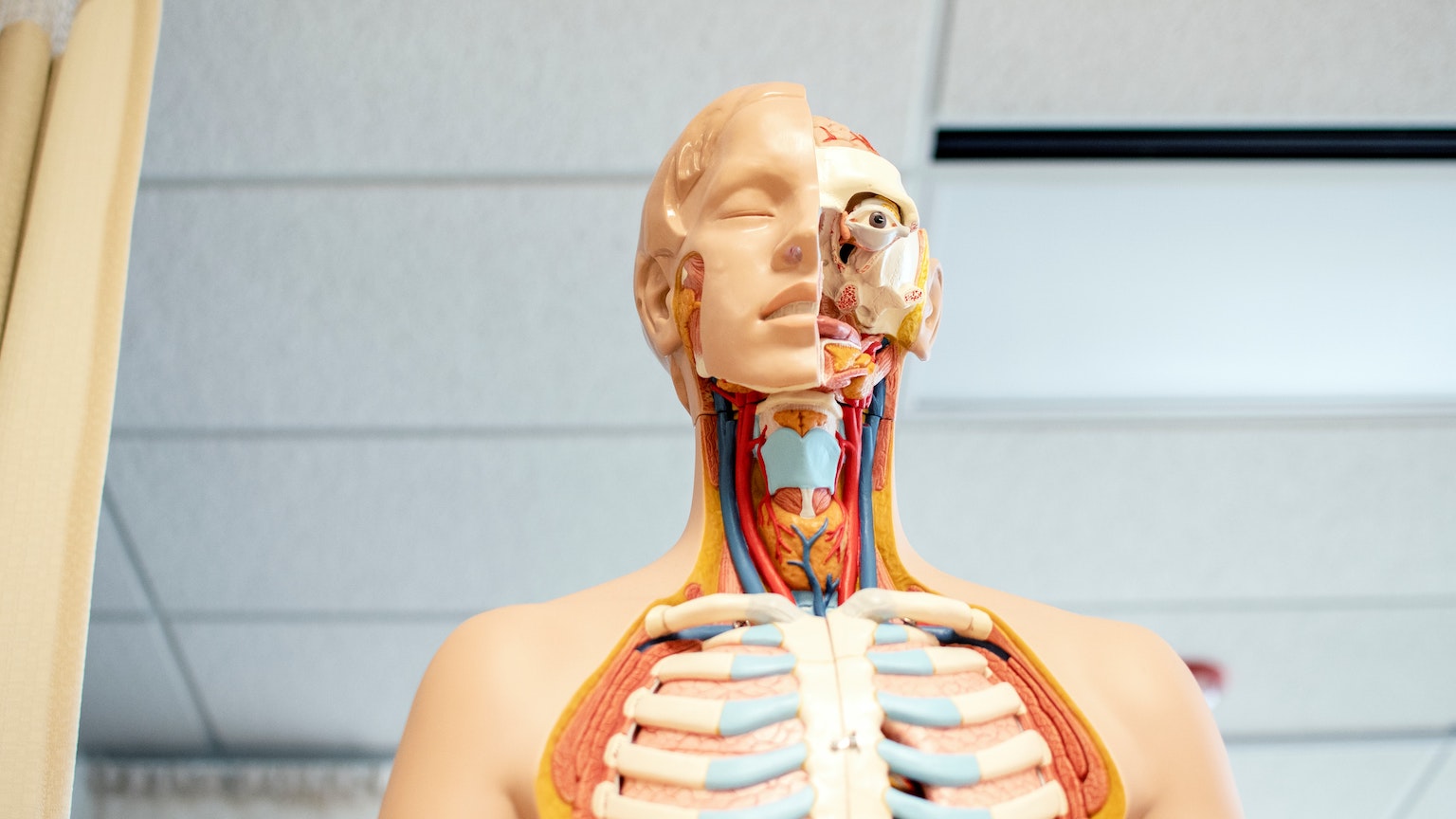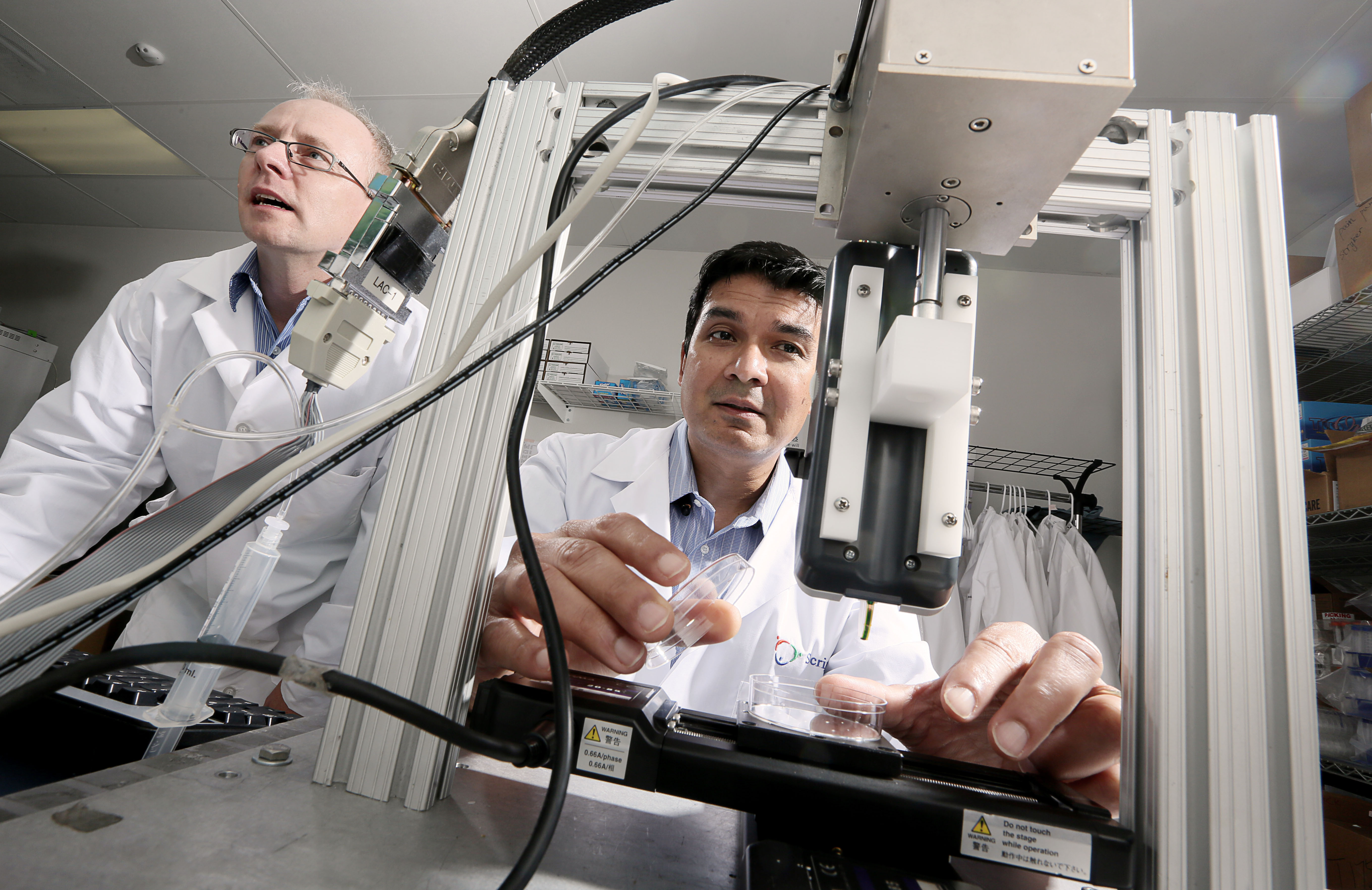3D Printers Take Step Closer to Printing Organs

What’s the Latest Development?
By tweaking a 2D biological printer that already prints flat sheets of embryonic stem cells, researchers in the UK have created a machine that prints cells in 3D blobs, more closely approximating the tissues that make up human organs. “It’s a nice piece of work,” says Brian Derby at the University of Manchester, UK. “If you put a blob of cells down it will fuse into clumps, which is closer to how it is in the body.” Previously, cellular blobs had been difficult to print because they are particularly sensitive to manipulation, according to the researchers behind the new printer.
What’s the Big Idea?
Achieving the ability to print embryonic stem cells would represent a major medical advance. Because they are pluripotent, meaning they are capable of becoming any type of cell tissue, human embryonic stem cells are attractive to scientists attempting to grown new organs. The task of growing new tissues, with the hopes that they can be coached into becoming entire organs, falls under a burgeoning new field of medical science known as regenerative medicine. Success in the field could potentially mean the end of organ donation waiting lines, and the deaths that result when no donor can be found.
Photo credit: Shutterstock.com





